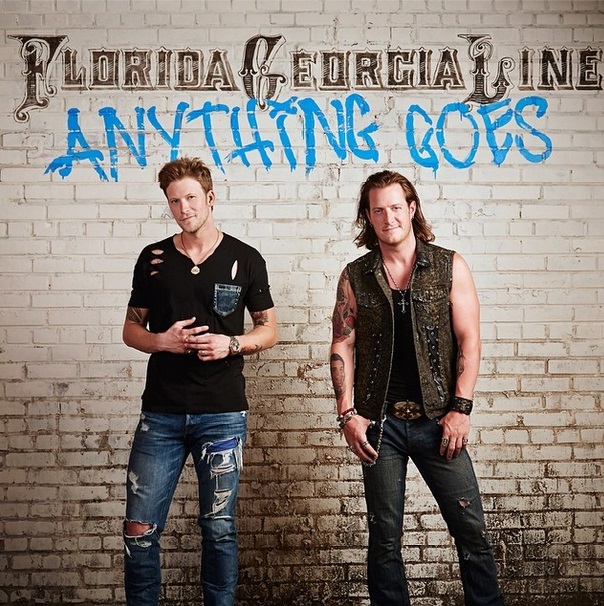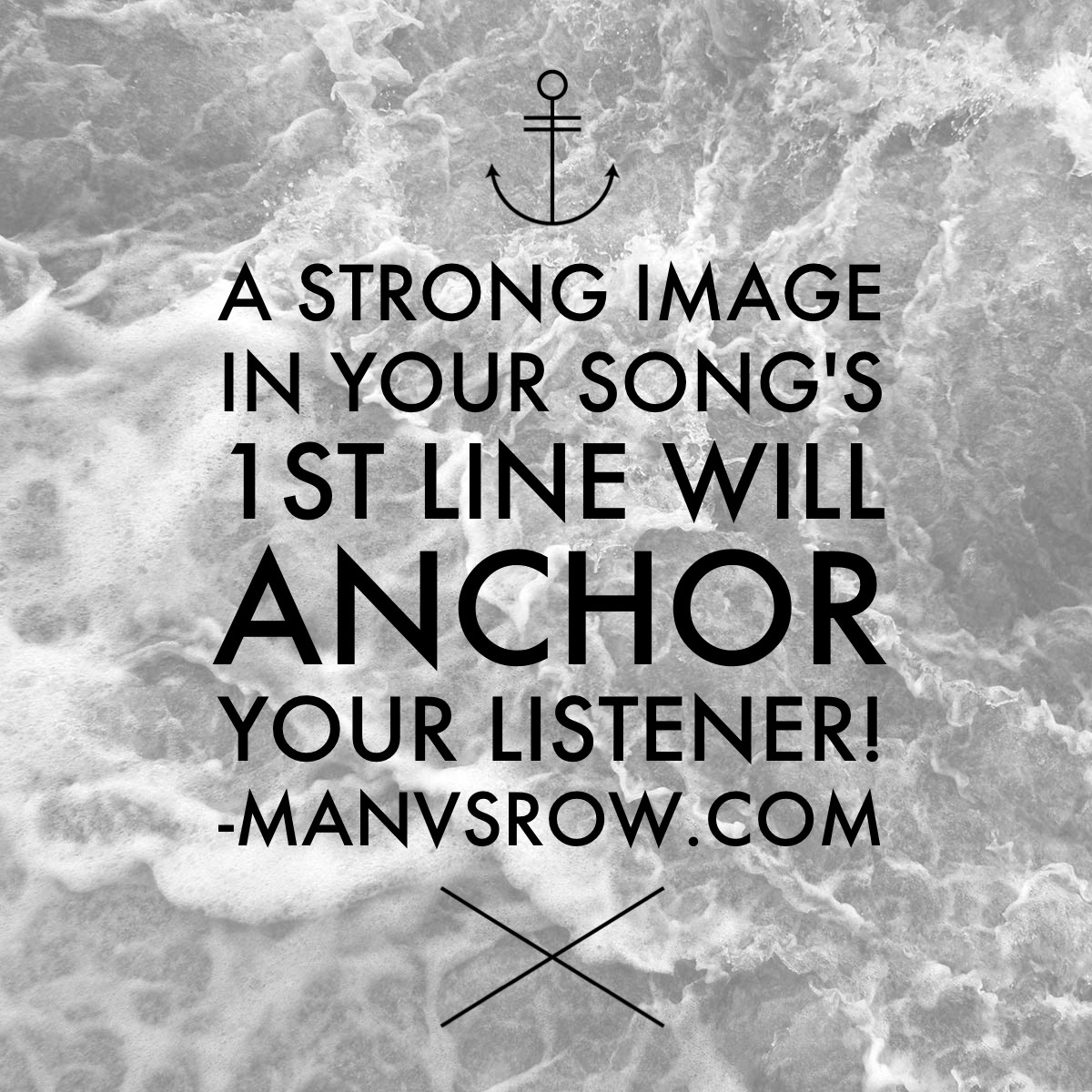It’s true for real estate, and it’s true for songs.
I want to talk about the 3 most important things in real estate (which are also really important in songwriting):
Location, location, location.
In probably any town, certain neighborhoods have certain personalities. One neighborhood is full of SUV-driving soccer moms. Another is mostly middle-class country folk. Another is college kids, another is hipsters, etc.
Musically-speaking, most artists put down roots in one neighborhood.
They spend most of their time there, only venturing out to the adjacent neighborhoods every now and then. This is another way of talking about branding. An artist’s brand says, “I live in THIS neighborhood. I’m like THESE people, and I sing about them and for them.”
For example, an artist’s music may be most “at home” with the good ‘ol party boys. Most of his music is for those good ‘ol boys- bonfires and tailgates. The “good ‘ol party boy” artist doesn’t usually venture into the soccer mom neighborhood, where the music is more about family, lifelong love, kids, etc.
Most songs are also “at home” in certain neighborhoods. Some songs are built for the rednecks, some for the high school girls, some for their moms, some for the blue collar dads, etc.
But remember, most ideas can be built to fit in any of several neighborhoods.
It just depends how you frame the idea (pun intended). The choices you make will determine your song’s neighborhood.
For example, Craig Morgan’s “Redneck Yacht Club” and Little Big Town’s “Pontoon” are basically about the same thing- getting out on the water. But the songs (houses) were built in different neighborhoods and attracted a different kind of artist. Even though the basic ideas of the songs are similar, Little Big Town wouldn’t feel at home moving into Craig’s neighborhood, and vice versa.
When you think about where to build your song, it’s wise to think about the property values in the different neighborhoods.
Are the houses in the “good ‘ol party boys” neighborhood in high demand? Are the houses in the blue-collar-working-man in low demand? What type of song are artists cutting?
I was blessed to have Joe Nichols cut a song of mine on his most recent album. The song became the album’s title, “Crickets.” We built the song in Joe’s neighborhood, and I’m glad he liked it enough to move in!
But what about “Crickets” put it in Joe’s neighborhood? Well, first off, it’s country. Pretty dang country. Joe’s done some more modern stuff here and there, but he has a deep love for country songs that are really country. Also, Joe has also recorded several songs that are funny or tongue-in-cheek, such as “Tequila Makes Her Clothes Fall Off.” He’s not afraid to poke a little fun at himself, either, so “Crickets” seemed like a really good fit. I’m glad Joe thought so, too!
The concept of “Neighborhoods” is important if you want to write commercial songs. I go into more depth on the topic in my upcoming web-workshop series in August called “Song Ideas: From Blank Page To Finished Lyric.”
This course is designed to take you from a blank page to a new song idea to a fully developed concept to a finished lyric. You’ll learn a repeatable process you can use to discover and develop strong song ideas again and again. And you’ll also learn how to frame and focus those ideas for maximum commercial impact and appeal.
This course is INTERACTIVE! You won’t sit back and just stare at me talking for an hour-and-a-half. You won’t be some number on my laptop’s dashboard. No. We’ll be face-to-face. You’ll have exercises to practice outside of our sessions. I’ll ask you questions. You can ask me questions. We’re in this thing together. That’s why I keep the workshops small- I want to get to know YOU!
Tickets for this event are on sale NOW. There are only 11 spots open, and I expect them to go fast- so don’t wait too long and miss your chance to take your songwriting to the next level!
I look forward to seeing you in August- CLICK HERE or on the image below to learn more and reserve your spot now!
God Bless and Enjoy the Journey,
Brent
Brent Baxter is a hit songwriter with cuts by Alan Jackson, Randy Travis, Lady Antebellum, Joe Nichols, Gord Bamford, Ruthie Collins, Ray Stevens, and more. He’s written a top 5 hit in the US and a #1 in Canada… so far.




























